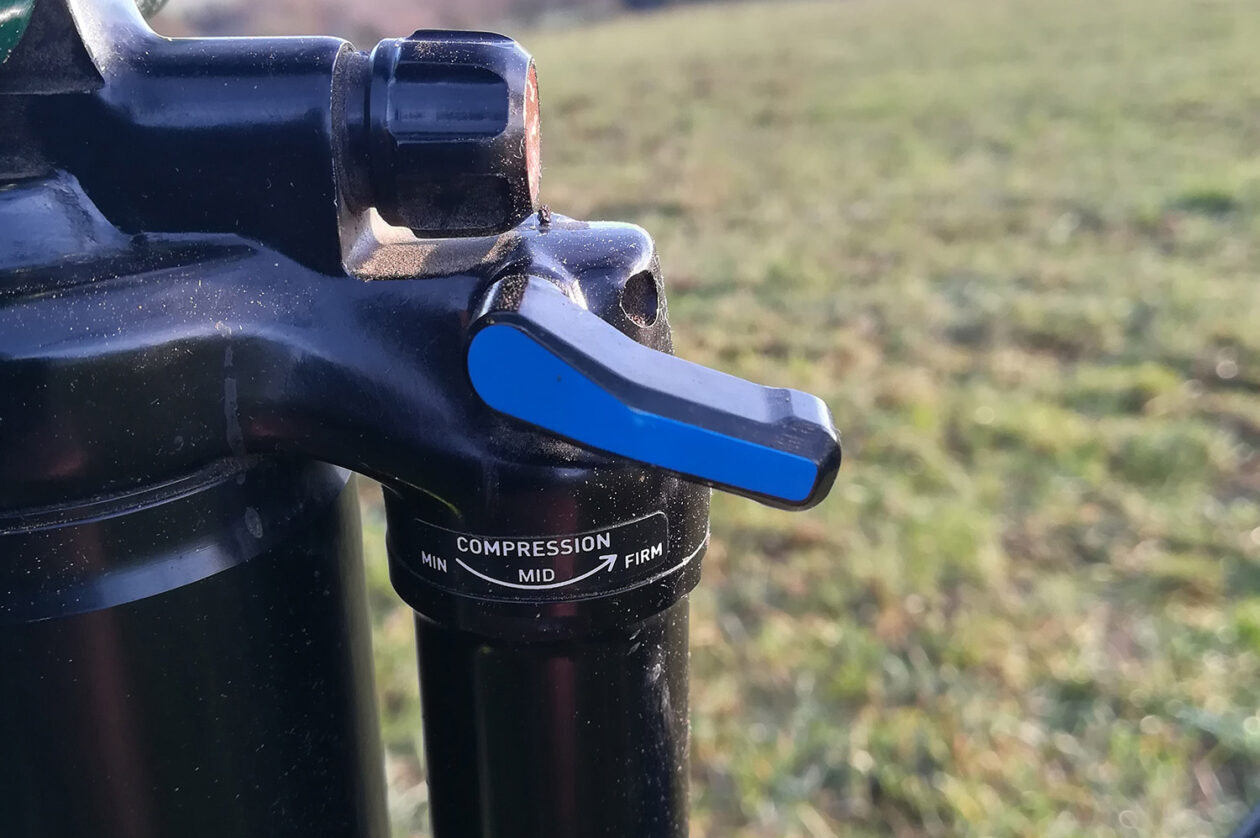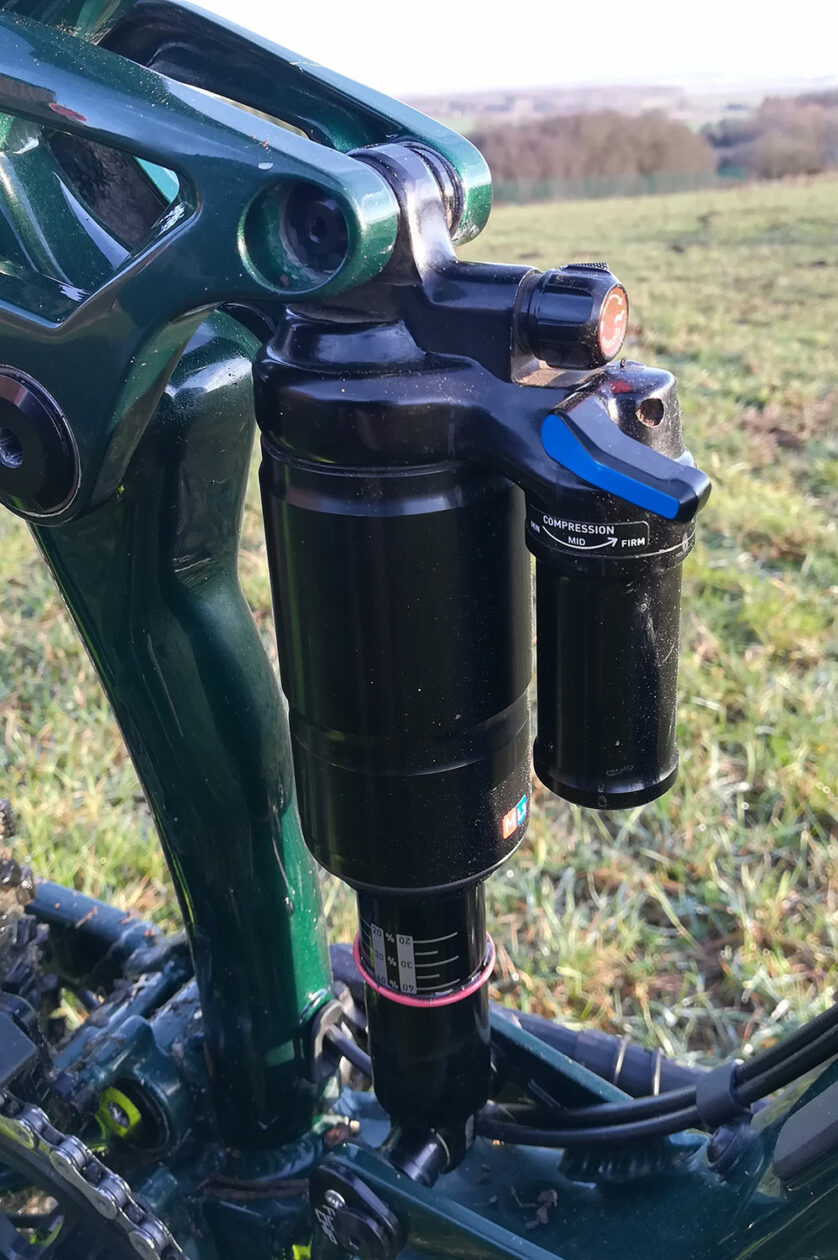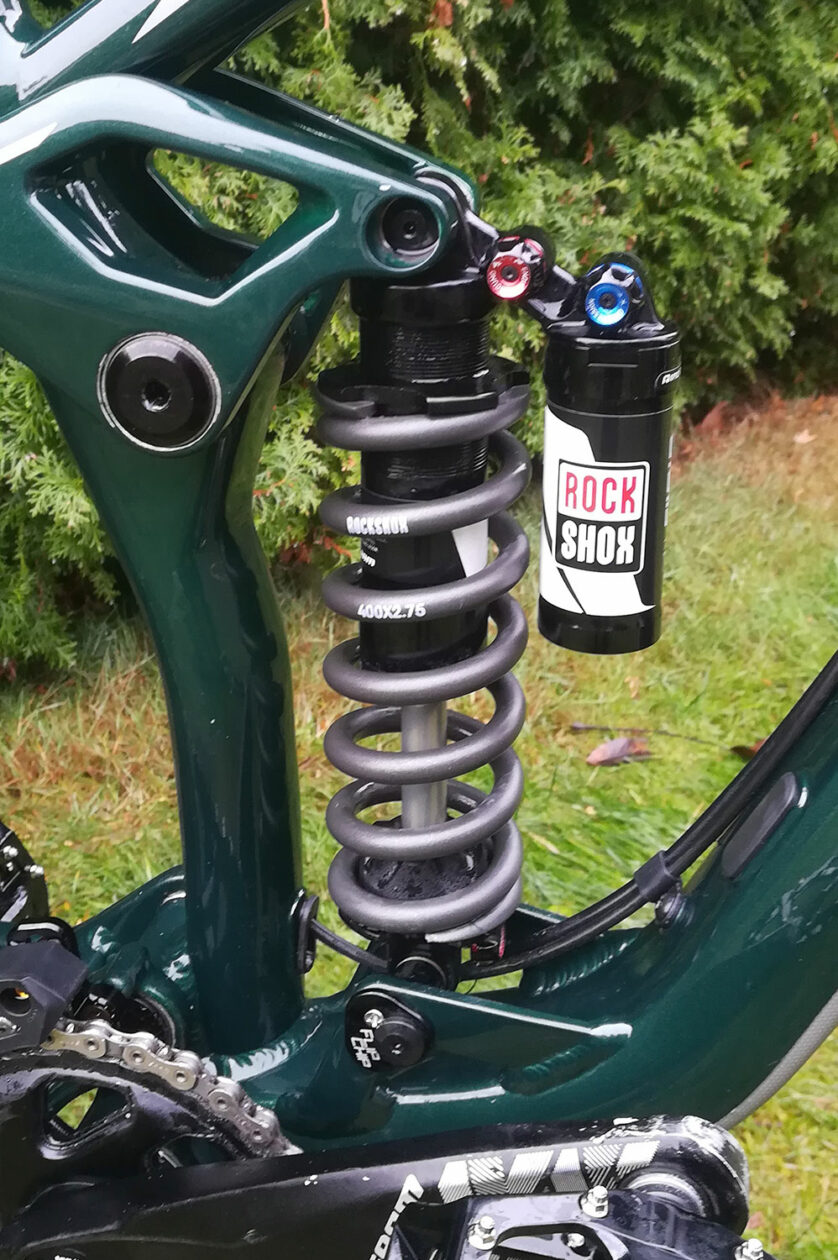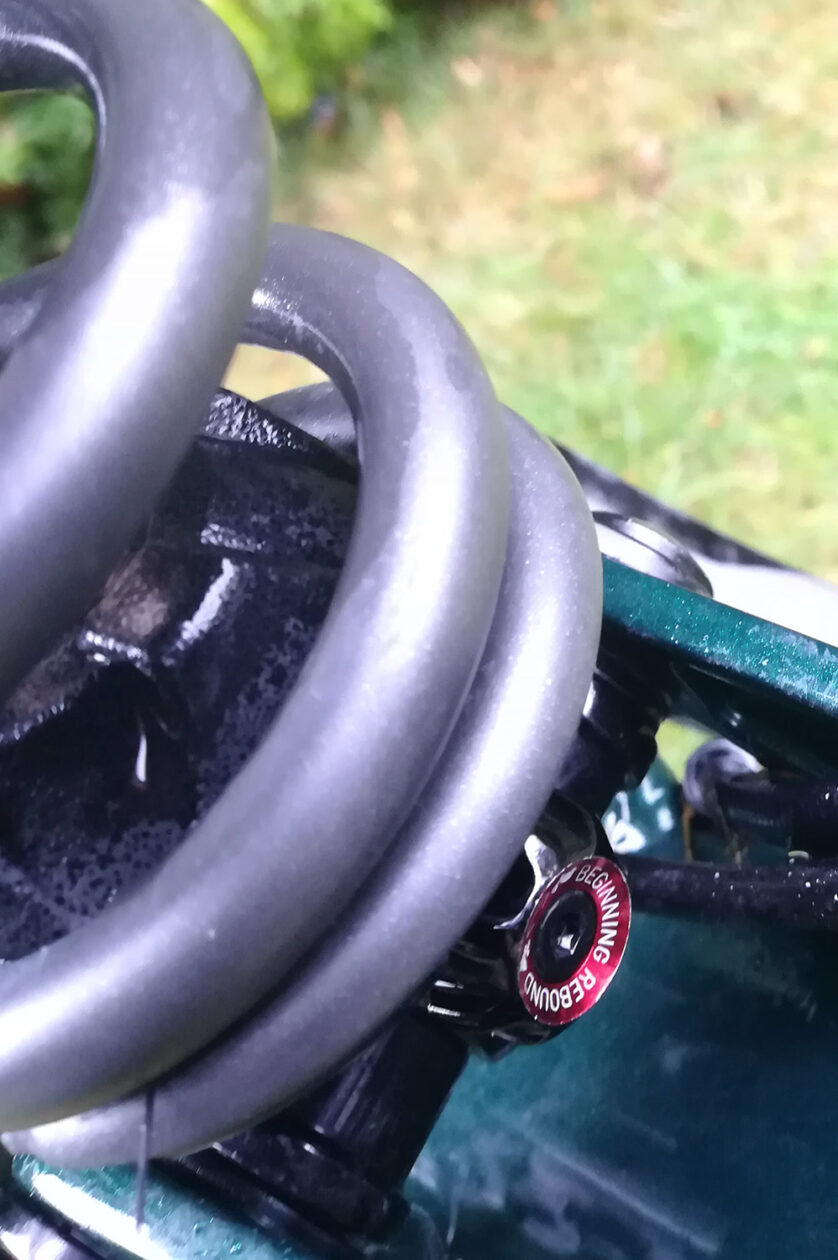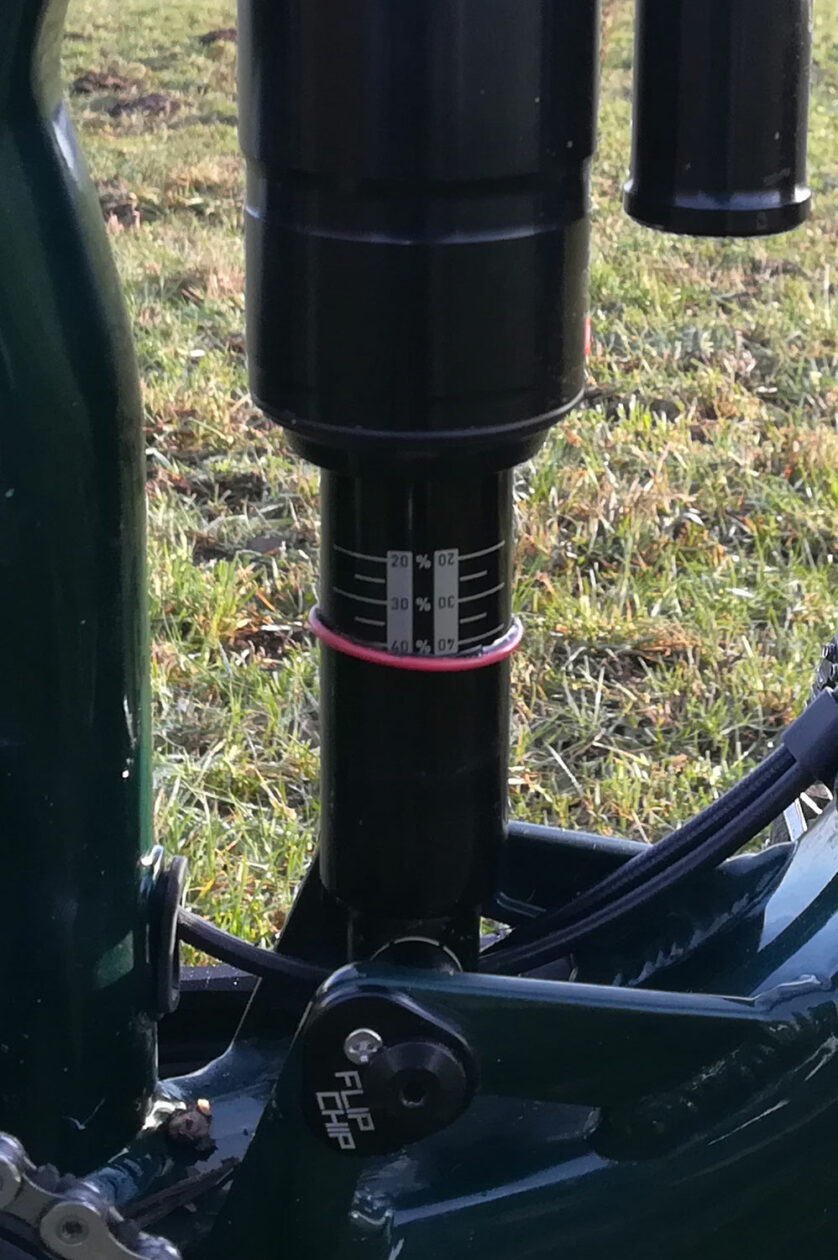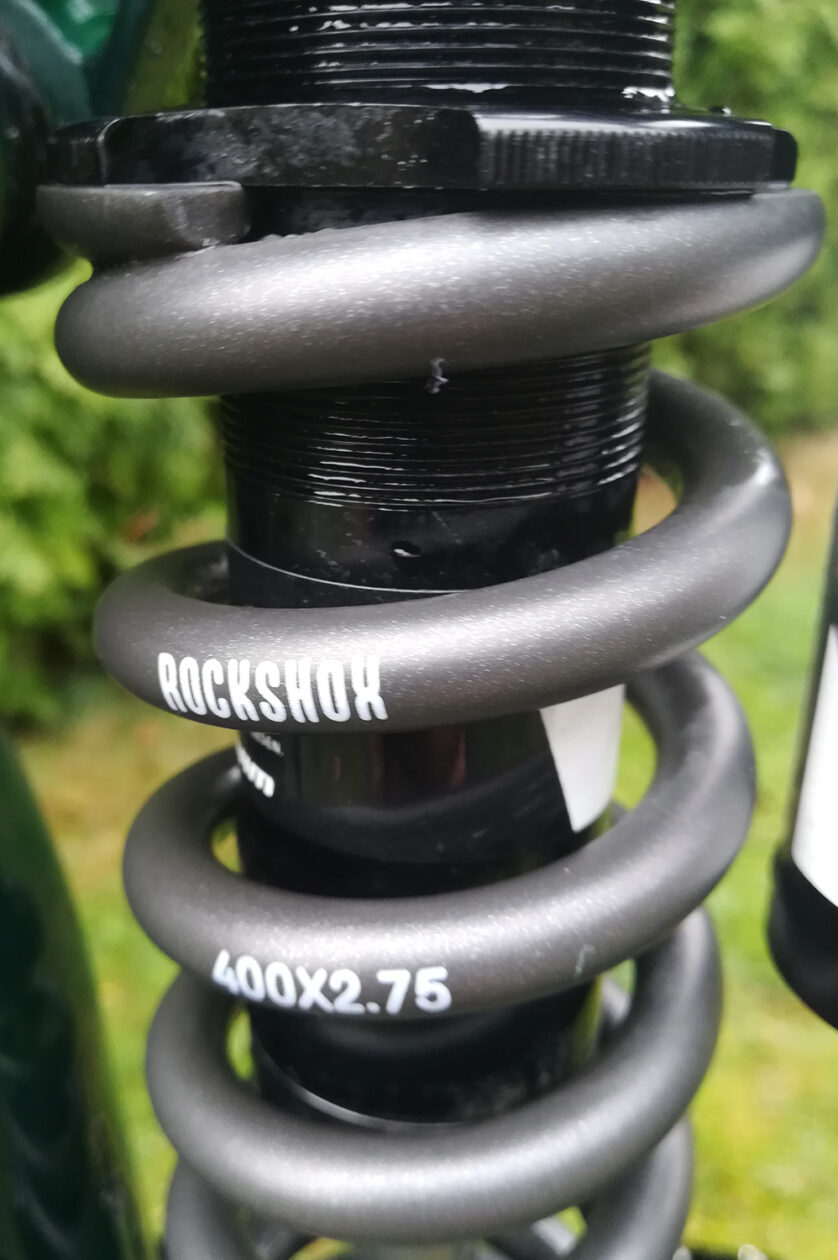Bungi, our actively riding technology specialist, is very close to the Gravity fraction – both on the trail and at work. From daily phone calls and e-mails he gets a good insight into what moves mountain bikers and what questions are on their minds. One popular topic right now are suspension forks and rear shocks. After all, they have the biggest impact on the suspension.
Contents
The premise
“After the triumph of air shocks, shocks with steel coils were suddenly only considered for extreme downhill bikes. But why? Are modern coil shocks really so much worse in performance? Or is the performance of the air shocks so good that you no longer need steel coils? Based on my previous professional experience from motorsport, I know that steel coils actually are the ultimate choice. But even in the Downhill World Cup you can now see air shocks … So, what happened?
Sounds like we have plenty of reason to compare the two shock types! So I decided to personally get to the bottom of it all. And that with my custom test bike, of course – you know, the beautiful Radon Swoop 170!
AIR: RockShox Monarch+ RC3 Debon Air
- External rebound, 3-position compression (open/pedal/lock)
- Rebound damping: Rapid Recovery
- Spring adjust: Air pressure via single Schrader valve
- Shaft diameter: 10 mm
- Spring: DebonAir
- Material: Aluminium 7075 (Colour: fast black)
- Weight: approx. 355 g
- RRP: 532 € → with us: 339 €
STEEL COIL: RockShox Vivid R2C Coil with RockShox Steel Coil 400lb x 216
- Separate adjustment for beginning and ending stroke rebound
- Low-speed compression
- Spring adjust: Preload
- Shaft material: 7075 Aluminium
- Body material: forged aluminium
- Weight: 410 g
- RRP: 480 € → with us: from 299 €
- Spring:
- Steel coil for Kage and Vivid R2C
- Spring stiffness: 400 lbs
- Fitting length: 216 mm
- Travel: 63 mm
- Incl. aluminium retaining ring
- Weight: 668 g
- RRP: 30 € → with us 22,95 €
The test: don’t be shocked!
Some background knowledge: In general, it is said that air shocks work more progressively, while steel coil shocks perform more linear in comparison. That coil shocks are heavier than air shocks is still true today – but who knows for how long. After all, Fox already offers a coil shock (the DH2X with SLS coil) which weighs just 100 g more than an air shock. What all of this can ultimately mean for the performance on different surfaces will be addressed later.
Neben den Dämpfergehäusen und der Luft- bzw. Stahlfeder habe ich mir natürlich noch die passenden Dämpferbuchsen bestellt. Nachdem beide Dämpfer bei mir eingetroffen waren, startete ich damit, mir Gedanken über das jeweilige Setup sowie die Teststrecke zu machen.
Beside the shock bodies and the air or steel shock I ordered the matching shock bushings. After I had received both shocks, I started to think about the setup and the test track.
The adjustment of the basic setup is different for both types. With the Monarch+, I set the SAG to 25{09776a9e527fe6e7777aceefa8f4e2f820982470cae700a67e7c7fb2d68155cf} and the rebound to 3 clicks from ‘closed’. For the Vivid, I set the SAG to 30{09776a9e527fe6e7777aceefa8f4e2f820982470cae700a67e7c7fb2d68155cf} and the rebound to medium, with the low-speed compression stage being 1 click further. More about compression and rebound can be found in the suspension fork test, where a few basic things about MTB suspension are explained.
I prepared both parts so that they could be installed. First, I mounted the steel coil shock, since I was curious about its performance. There was immediately a different feeling than with air shocks, which I rode for years – especially on the meadow and in the upper part of the forest. But, starting at the rocks and at the latest at the kickers, I was thrilled! I got more and more used to the shock on the first descents and changed the setup. In order to make a relative statement, I did three runs on the trail and stopped the time.
Now on to the air shock. I simply installed it and off I went! As with the coil shock, I rode the trail twice to improve the setup. Then I started the time trial. On the meadow and in the upper part of the trail the air shock showed its advantages! On the rocks and loose stones I noticed that the steel coil has a performance advantage. With the kickers I have to say that both shocks worked very well.
Times don’t lie, as they give a reliable tendency – what surprised me was that in the end, the steel coil shock was the faster one. This may be because my strength dwindled when I rode the Monarch – but the result and the feeling confirmed it for me.
During the enduro season I changed the two rear shocks regularly to see which one was really better. For a race in alpine terrain, the steel coil was my first choice since it offered me more safety after all the drops, steps and jumps than the air shock.
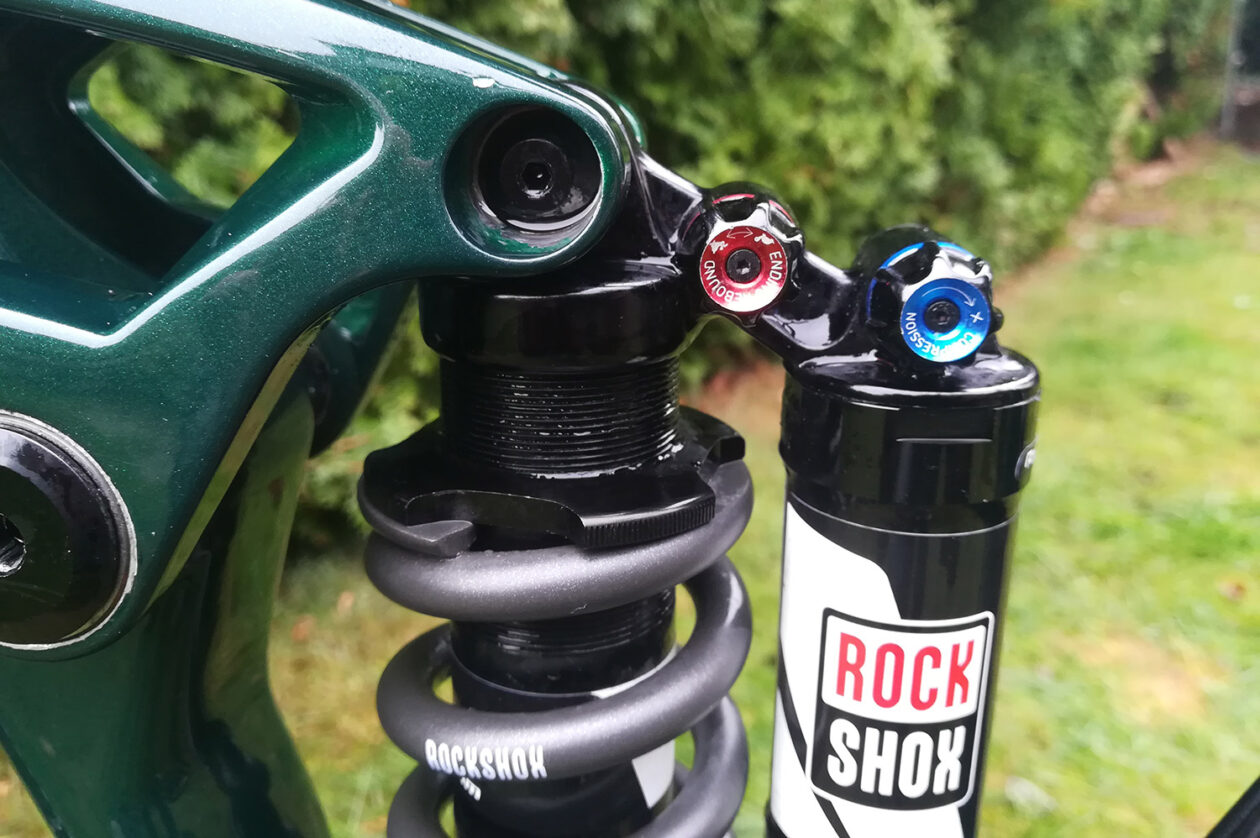
What now? The conclusion
Whether steel coil or air shock performs better is still difficult to say – which is exactly what I feared since the beginning of this test. Due to the 3-position compression, the Monarch+ is the best choice for riders who enjoy touring and then throwing themselves down the single trail. But it is also suitable for the one or other bike park visit.
The lighter coil shocks become, the more suitable they are for Enduro bikes. Accordingly, the development of the last years is understandable: After the triumph of Enduro bikes, you can see more and more bike manufacturers using coil shocks. It all depends on the direction that they want the bike to take: more downhill or more all mountain.
The two shocks didn’t significantly differ in terms of price. Good ones aren’t cheap, but with the current discount percentages, the price is completely fine.”
Overview of pros and cons
RockShox Monarch+ RC3 Debon Air
Pros
- Lower weight
- 3-position compression (open/pedal/lock)
- Easy handling → good adjustability
Cons
- Higher inertia after many successive steps, drops, jumps or roots
- Susceptible to heat
- Many seals (which require maintenance …)
RockShox Vivid R2C Coil
Pros
- Clear performance gain with many successive steps, drops, jumps and roots
- Very good traction
- Hardly susceptible to heat
- Simple structure (very friendly in maintenance)
Cons
- Considerably higher weight
- Not suitable for all frames
- No locking of the shock possible (with this model)
